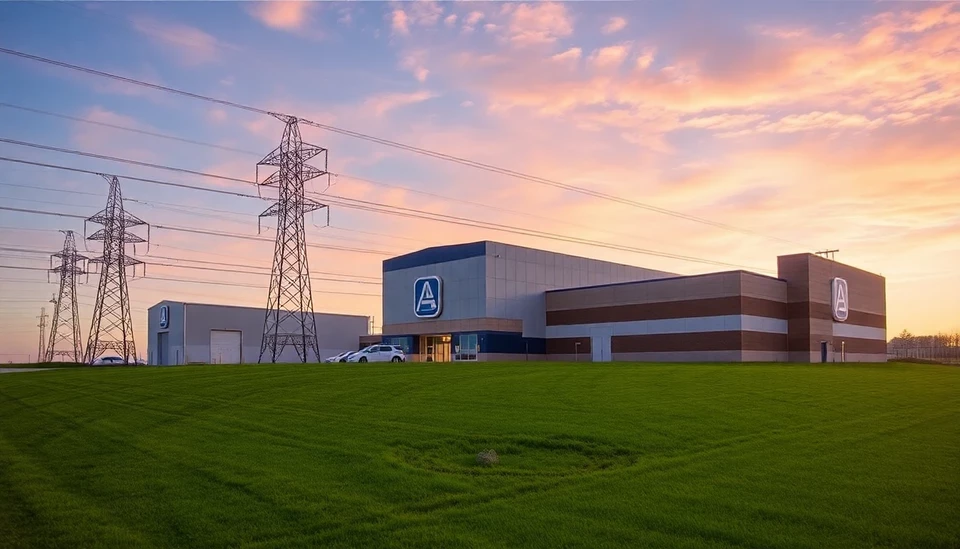
American Electric Power (AEP), one of the nation's largest electric utilities, has announced a strategic pivot regarding its climate goals, responding to pressures from state governors and lawmakers. The company is reevaluating its approach to achieving net-zero emissions by 2050, as stakeholders express concerns over rising electricity costs and energy reliability, particularly in light of recent disruptions from extreme weather and geopolitical tensions.
AEP’s interim president, Julie Sloat, indicated that the utility company is committed to listening to the priorities of local leaders, a shift that marks a significant update to its previous climate ambitions. The feedback from officials in states such as Ohio, Indiana, and West Virginia, where AEP operates large coal and natural gas plants, has prompted the company to reconsider the timeline and methods employed in its decarbonization efforts. These states have voiced fears that a rapid transition away from fossil fuels could lead to higher electricity prices and energy shortages.
As a response to these concerns, AEP plans to conduct a comprehensive review of its current emissions reduction strategy to better align with both state policies and federal regulations. The review is particularly timely as challenges around electricity delivery and affordability continue to mount amidst inflationary pressures and supply chain issues affecting the energy sector.
In the new era of energy transition, AEP is now weighing various options that could extend the lifespan of existing power plants while also integrating cleaner energy sources. This approach includes exploring renewable energy projects and the incorporation of technologies designed to capture and store carbon emissions. The company remains steadfast in its intent to pursue sustainability but is increasingly mindful of the necessity for practical solutions that maintain energy reliability and affordability.
Among those vocal about the need for dialogue between the utility and state leaders is West Virginia Governor Jim Justice, who expressed that while there is a definite need to address climate change, any proposed measures should also safeguard the interests of consumers. This sentiment resonates across several states where AEP operates and is expected to play a crucial role in shaping the utility's path forward.
As AEP embarks on this recalibration of its climate strategy, it is likely to encounter both support and resistance. The energy landscape is continually evolving, and balancing environmental aspirations with economic realities will be a complex challenge. Nevertheless, AEP’s willingness to engage with policymakers suggests an emerging trend where utilities may need to tread carefully as they navigate the intersection of climate commitments and customer expectations.
In conclusion, AEP's definitive steps towards adjusting its climate strategy will attract attention across the energy sector, as many other utilities face similar dilemmas concerning the integration of environmental policies with practical energy production challenges.
#AEP #ClimateChange #EnergyPolicy #RenewableEnergy #Sustainability #ElectricUtilities #NetZero #EnergyReliability
Author: Sophie Bennett



